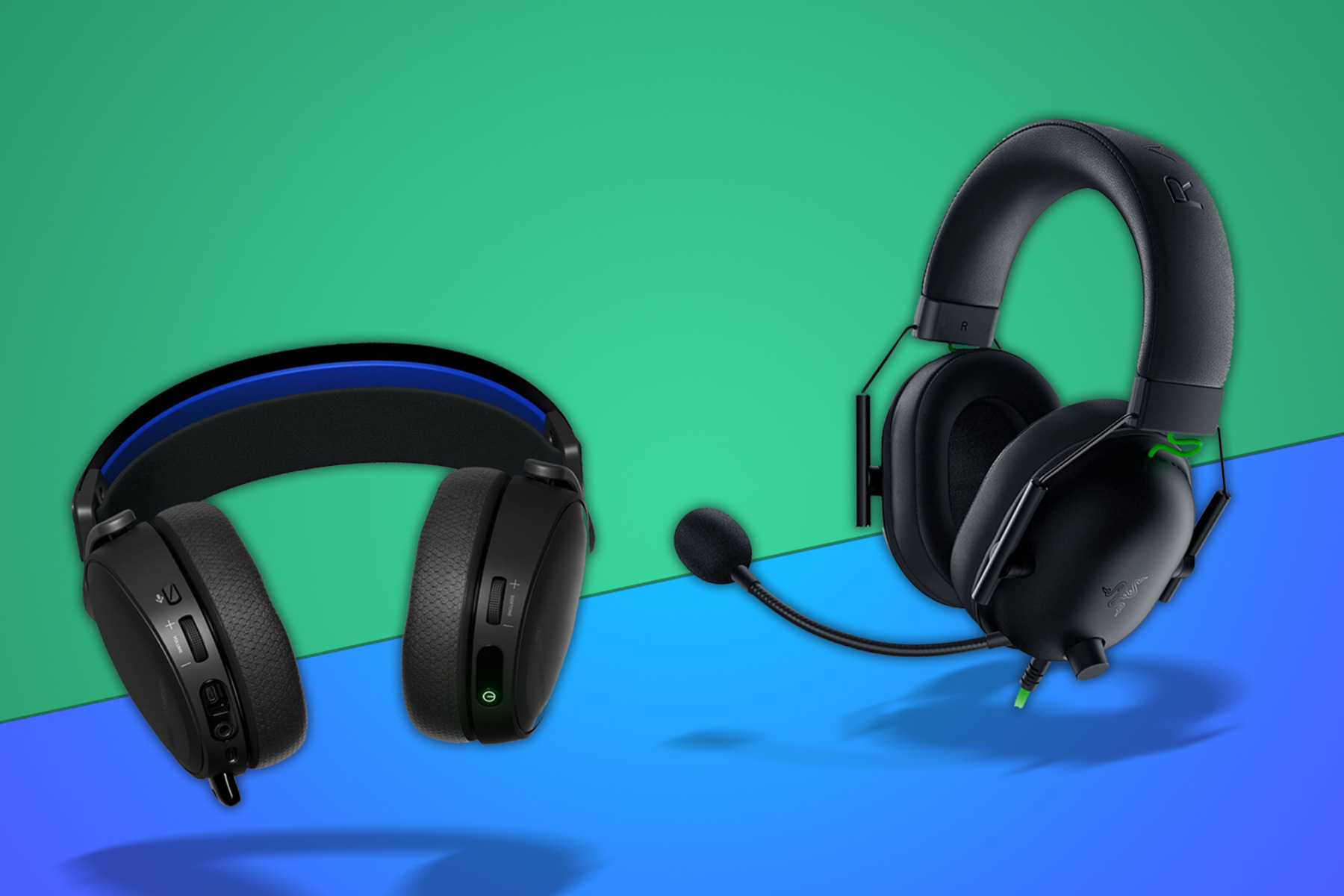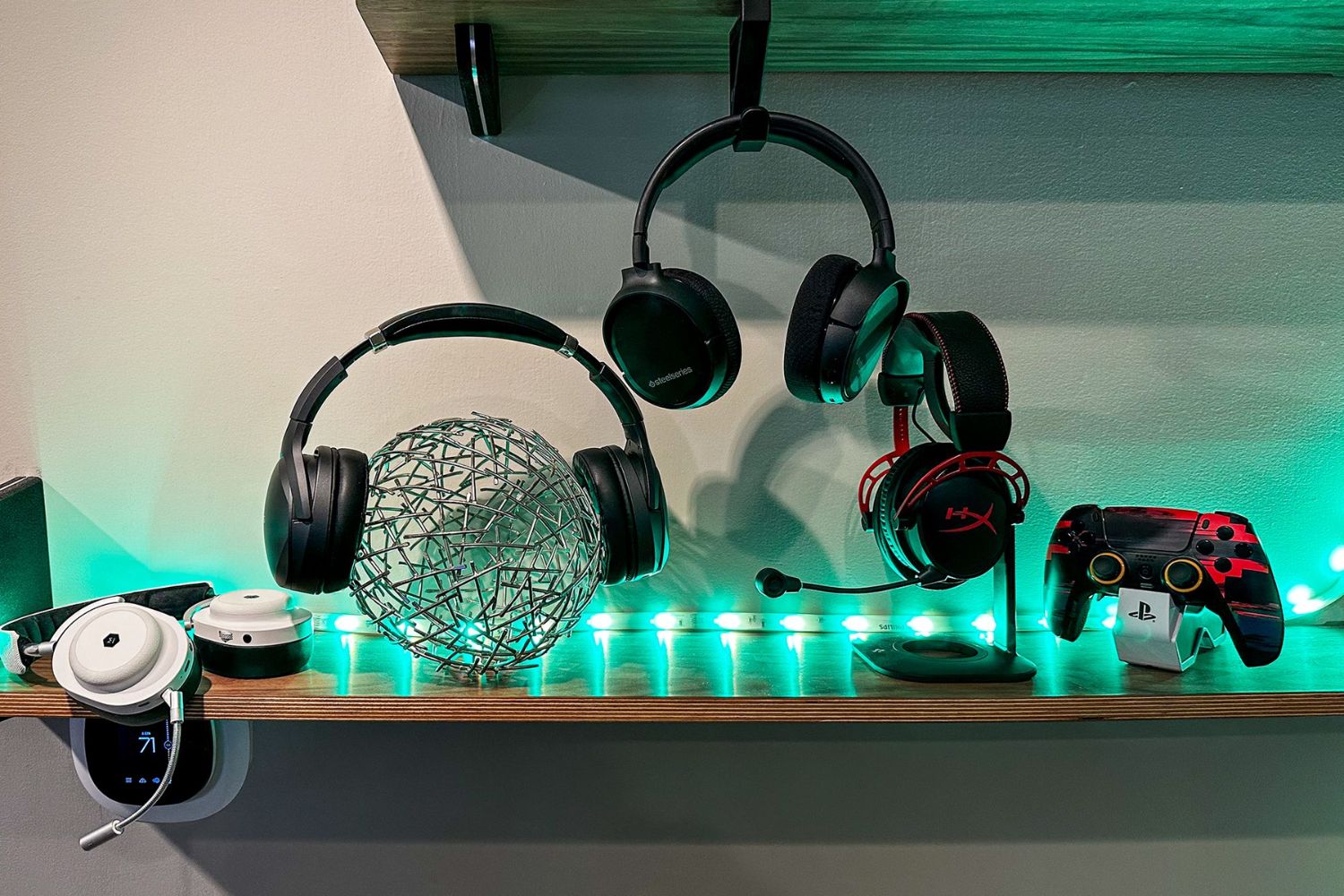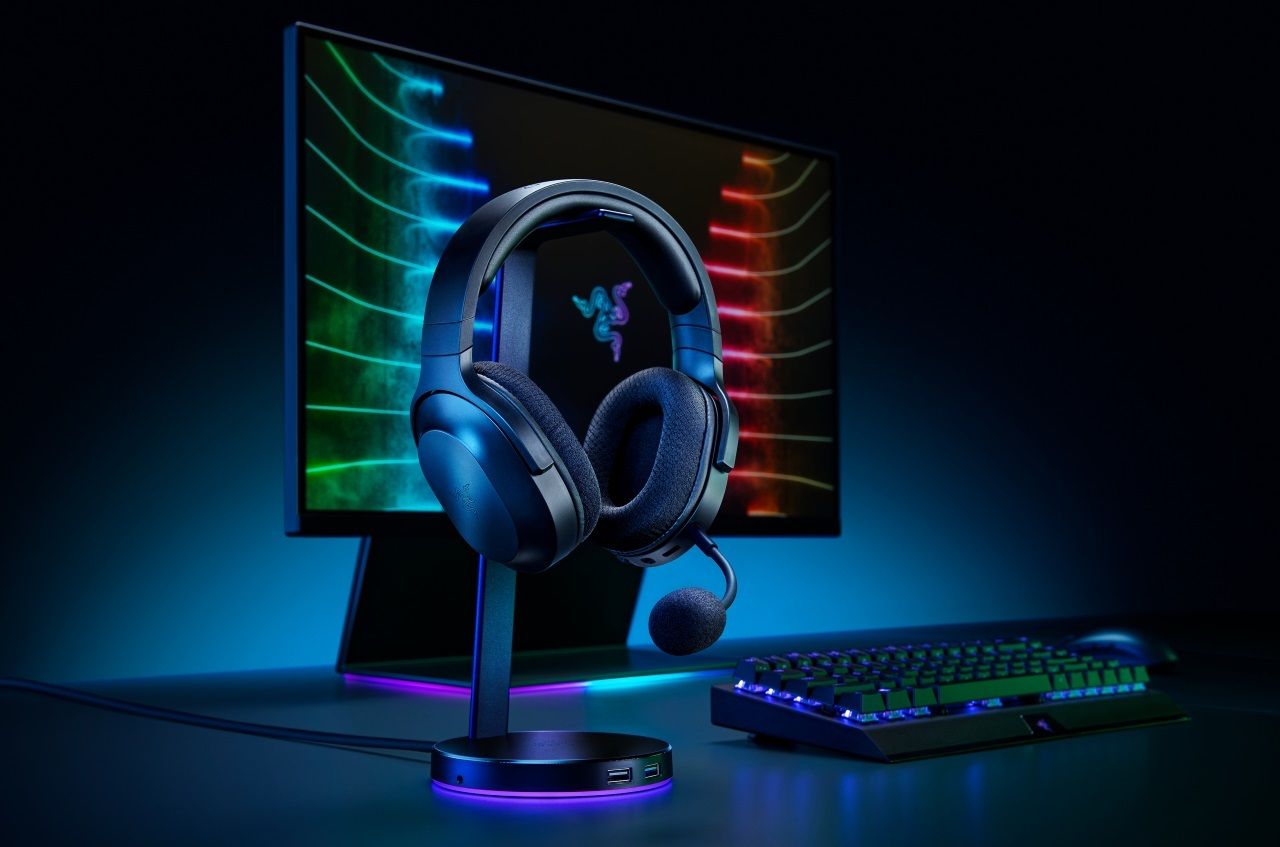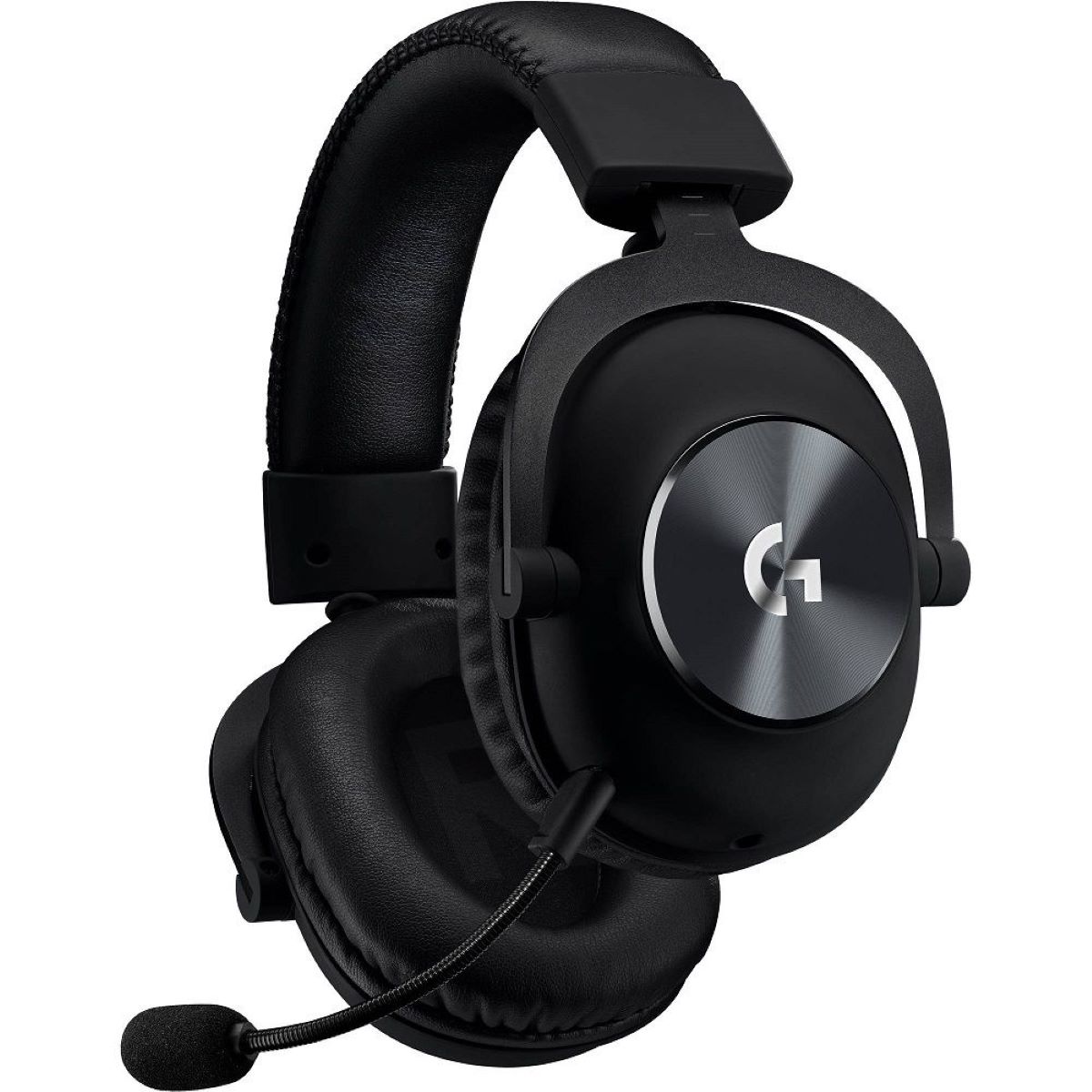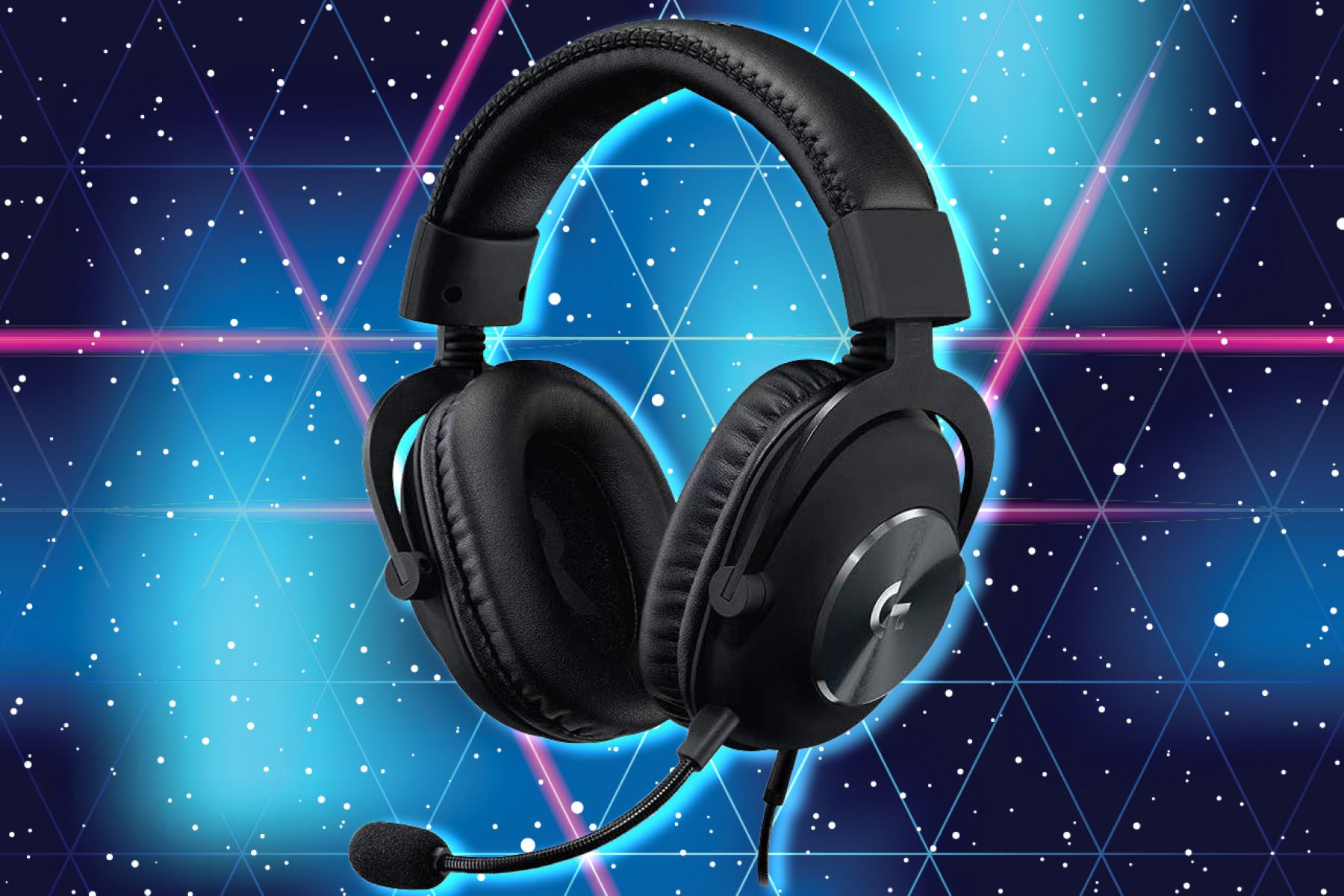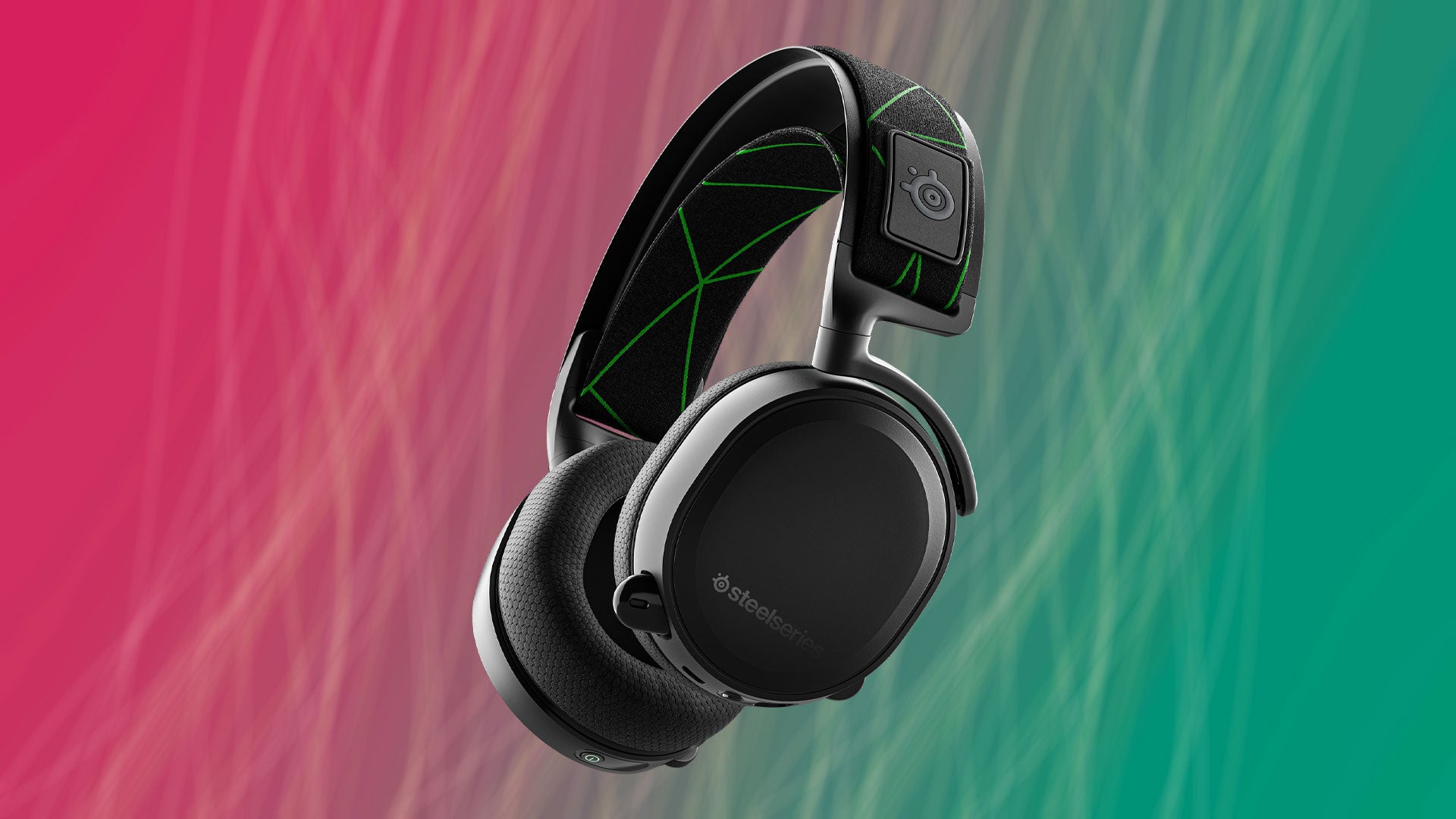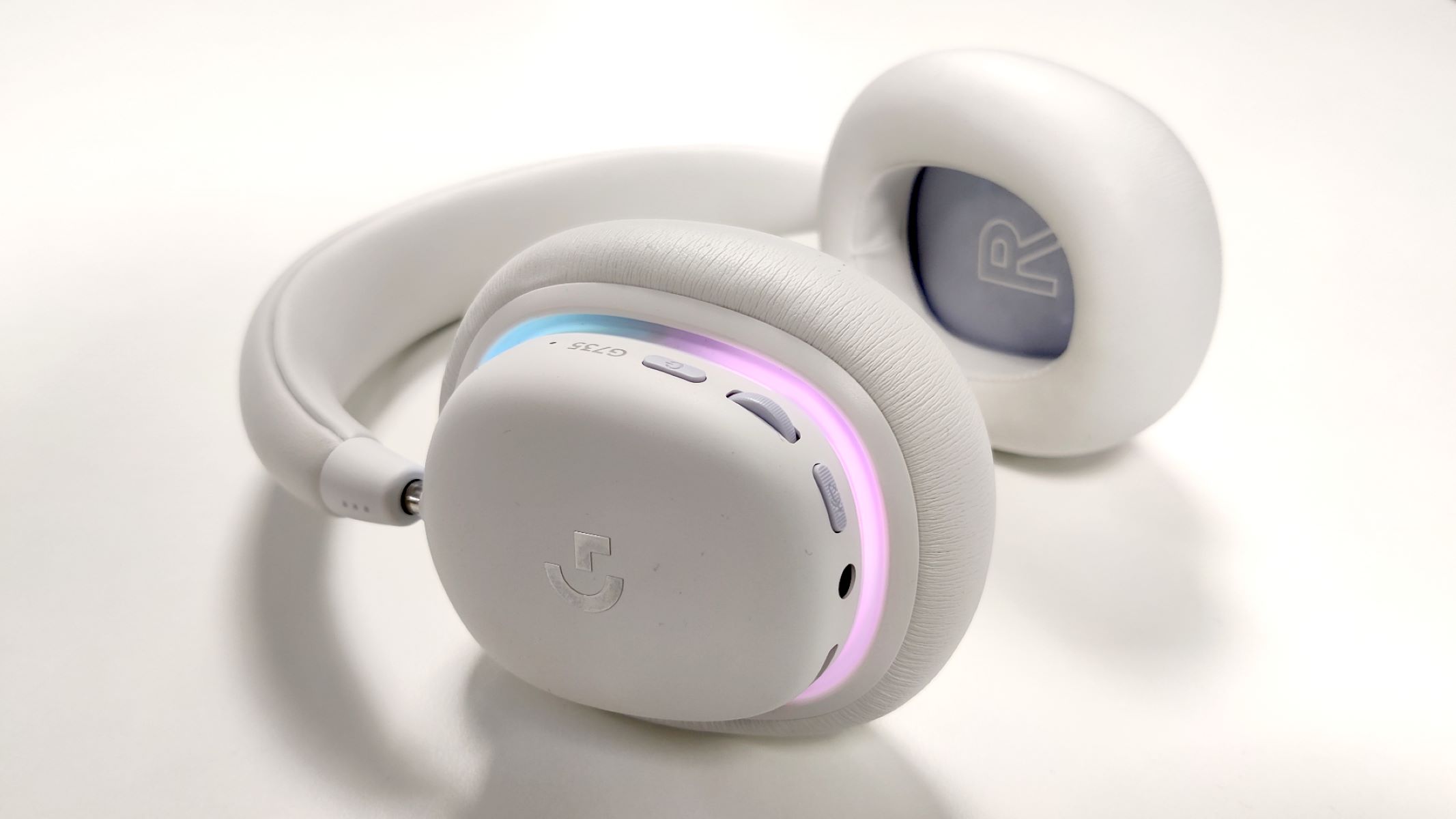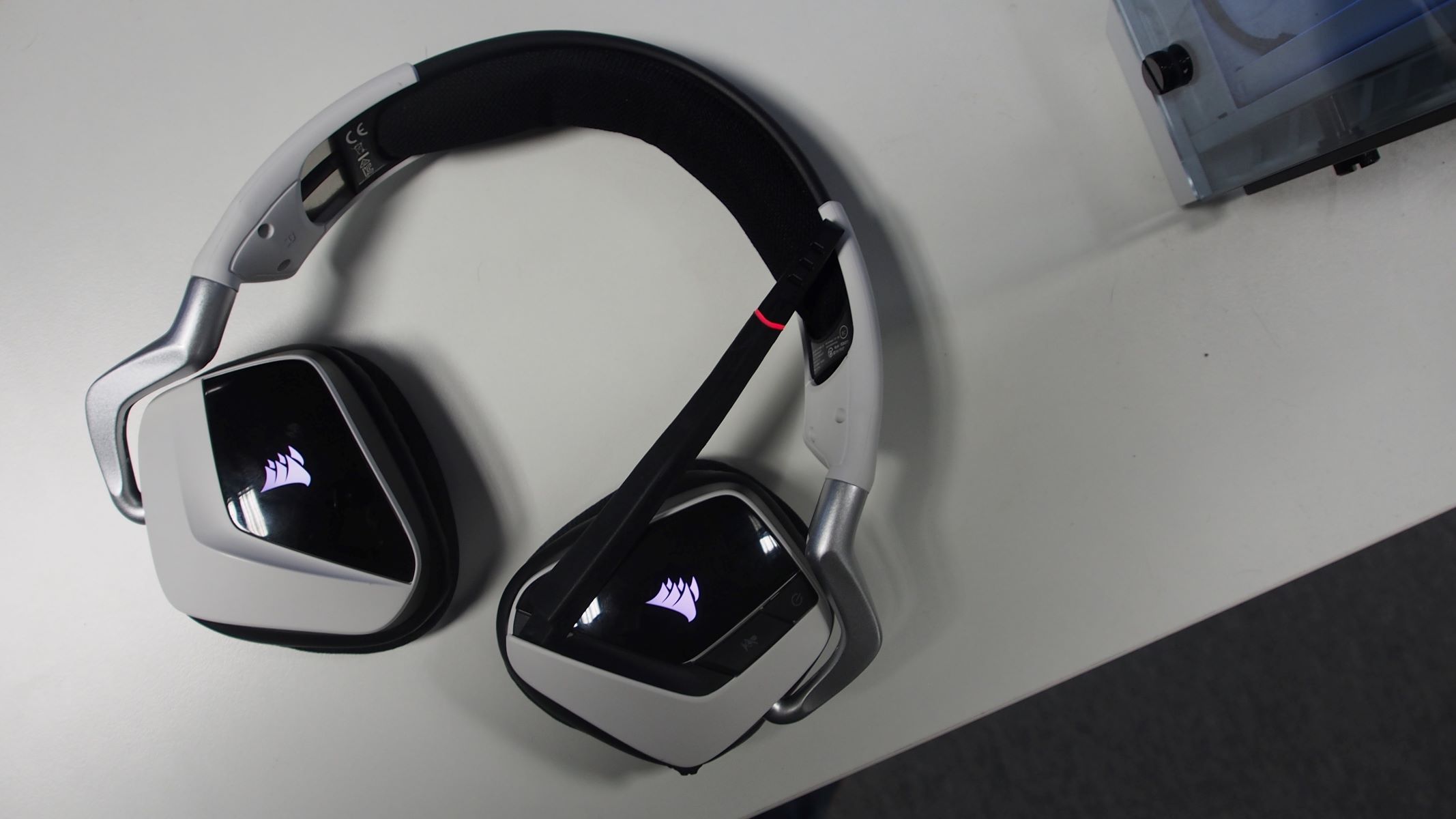Introduction
Gaming headsets have become an essential accessory for gamers, offering immersive audio experiences and clear communication during intense gameplay. When it comes to choosing the right gaming headset, one of the primary decisions is whether to opt for a wireless or wired model. Both options have their own set of advantages and drawbacks, and understanding the differences between them is crucial for making an informed choice.
In this article, we will delve into the various aspects of wireless and wired gaming headsets, comparing their sound quality, convenience, latency, comfort, battery life, and price. By exploring these factors, you will gain valuable insights into which type of headset best aligns with your gaming preferences and lifestyle.
Whether you are a competitive gamer seeking the lowest latency or a casual player prioritizing convenience, this comprehensive analysis will help you weigh the pros and cons of wireless and wired gaming headsets, ultimately guiding you toward the perfect audio solution for your gaming endeavors.
Sound Quality
When it comes to gaming, sound quality plays a pivotal role in creating an immersive and captivating experience. Both wireless and wired gaming headsets offer impressive audio performance, but there are distinct differences to consider.
Wired Headsets:
- Wired headsets are known for delivering consistent and reliable audio quality. The physical connection ensures minimal interference and a stable transmission of sound, allowing for precise and accurate audio reproduction.
- The wired connection eliminates potential signal loss or latency, providing a seamless audio experience that is crucial for competitive gaming and immersive single-player adventures.
- High-fidelity wired headsets often feature advanced drivers and sound technologies, resulting in exceptional clarity, deep bass, and a wide soundstage that enhances spatial awareness in games.
Wireless Headsets:
- Advancements in wireless technology have significantly improved the sound quality of wireless gaming headsets. Many modern wireless models boast low-latency audio transmission, ensuring that the difference in sound quality compared to wired headsets is minimal.
- Wireless headsets offer the freedom to move without being tethered to a device, enhancing the overall gaming experience. This convenience, however, may come with a slight trade-off in sound quality, especially in environments with high wireless interference.
- Some premium wireless headsets incorporate virtual surround sound and customizable audio profiles, providing an immersive sonic environment that rivals the audio fidelity of wired counterparts.
Ultimately, the sound quality of gaming headsets, whether wired or wireless, has evolved to a point where the differences are often subtle and subjective. Factors such as the specific audio technology employed, the quality of drivers, and the gaming environment can all influence the perceived sound quality. It’s essential to consider your gaming priorities and preferences when evaluating the sound quality of both wireless and wired gaming headsets.
Convenience and Mobility
When it comes to gaming headsets, the aspect of convenience and mobility can significantly impact the overall gaming experience. The choice between wireless and wired headsets greatly influences the level of freedom and ease of use during gaming sessions.
Wired Headsets:
- Wired gaming headsets are inherently tethered to the gaming device, which can limit mobility and may lead to cable entanglement during intense gaming sessions.
- However, wired connections ensure a consistent and reliable audio transmission without the need for battery charging or wireless interference troubleshooting.
- For stationary gaming setups or individuals who prioritize uninterrupted connectivity over mobility, wired headsets offer a straightforward and dependable solution.
Wireless Headsets:
- Wireless gaming headsets provide unparalleled freedom of movement, allowing gamers to seamlessly transition between gaming setups or move around without being constrained by cables.
- The absence of physical cables enhances convenience and reduces the risk of accidental damage or obstruction during gameplay, contributing to a more immersive gaming experience.
- While wireless headsets offer enhanced mobility, they require periodic recharging, and users must remain mindful of battery life to avoid interruptions during extended gaming sessions.
When evaluating the convenience and mobility of gaming headsets, it’s essential to consider your gaming habits and preferences. If you prioritize freedom of movement and a clutter-free gaming environment, a wireless headset may align with your needs. Conversely, if uninterrupted connectivity and minimal maintenance are your primary concerns, a wired headset may offer the convenience you seek.
Latency and Interference
Latency and interference are critical factors that can significantly impact the gaming experience, especially in fast-paced and competitive gaming scenarios. Both wired and wireless gaming headsets have distinct characteristics related to latency and interference that warrant careful consideration.
Wired Headsets:
- Wired gaming headsets are renowned for their minimal latency, as the physical connection ensures a direct and instantaneous transmission of audio signals from the gaming device to the headset.
- This low latency is particularly advantageous for competitive gaming, where split-second reactions and precise audio cues can make a substantial difference in performance.
- Furthermore, wired connections are inherently immune to wireless interference, providing a stable and consistent audio experience, even in environments with high levels of wireless activity.
Wireless Headsets:
- Modern wireless gaming headsets have made significant strides in minimizing latency, with many high-quality models offering latency levels that are imperceptible to the human ear during gaming.
- However, wireless headsets are susceptible to potential interference from other wireless devices, such as routers, smartphones, and other peripherals, which can occasionally lead to signal disruptions or audio artifacts.
- Advanced wireless technologies, such as 2.4GHz wireless or Bluetooth with aptX Low Latency, mitigate interference and ensure a stable connection, but environmental factors and the specific implementation of wireless technology can still impact latency and signal reliability.
When evaluating latency and interference, it’s crucial to assess your gaming priorities and the gaming environment. If ultra-low latency and immunity to interference are paramount, a high-quality wired headset may be the optimal choice. Conversely, if the convenience of wireless mobility outweighs the potential for minor latency and occasional interference, a modern wireless headset can provide a compelling gaming experience.
Comfort and Fit
Comfort and fit are integral aspects of gaming headsets that directly impact the gaming experience, especially during extended gaming sessions. Both wireless and wired gaming headsets offer unique comfort and fit considerations that cater to diverse user preferences.
Wired Headsets:
- Wired gaming headsets often feature a wide array of designs, including over-ear, on-ear, and in-ear options, each offering distinct comfort and fit characteristics.
- The physical connection of wired headsets allows for robust and adjustable headbands and ear cup cushions, providing a customizable fit that caters to various head sizes and shapes.
- Many wired headsets prioritize comfort through breathable materials, ergonomic designs, and ample cushioning, ensuring prolonged comfort during marathon gaming sessions.
Wireless Headsets:
- Wireless gaming headsets often prioritize lightweight and ergonomic designs, as the absence of physical cables allows for increased freedom of movement and reduced weight on the user’s head and ears.
- Some wireless models feature memory foam ear cushions, adjustable headbands, and swiveling ear cups to accommodate diverse head and ear shapes, enhancing overall comfort and fit.
- Wireless headsets also offer the advantage of unrestricted movement without the risk of cable tangles or snags, contributing to a more comfortable and immersive gaming experience.
When assessing comfort and fit, personal preferences and gaming habits play a crucial role in determining the ideal gaming headset. Factors such as head size, ear shape, preferred wearing style, and the duration of gaming sessions should all be considered when selecting a headset that provides optimal comfort and a secure fit for an enjoyable gaming experience.
Battery Life
For wireless gaming headsets, battery life is a critical consideration that directly impacts the convenience and uninterrupted enjoyment of gaming sessions. Understanding the battery life differences between wireless and wired headsets is essential for making an informed purchasing decision.
Wired Headsets:
- Wired gaming headsets do not rely on internal batteries, eliminating the need for recharging and ensuring uninterrupted gameplay without the concern of battery depletion.
- As wired headsets draw power directly from the connected gaming device, users can enjoy extended gaming sessions without the need for periodic charging or battery management.
- The absence of battery-related interruptions makes wired headsets an appealing choice for gamers who prioritize continuous gameplay and minimal maintenance.
Wireless Headsets:
- Wireless gaming headsets are equipped with internal rechargeable batteries, offering varying levels of battery life depending on usage patterns, audio settings, and the specific model’s power efficiency.
- High-quality wireless headsets often provide extended battery life, enabling gamers to enjoy prolonged gaming sessions without frequent recharging.
- Some wireless models feature quick-charging capabilities, allowing for rapid recharging during short breaks, ensuring minimal disruptions to the gaming experience.
When considering battery life, it’s essential to assess your gaming habits and the expected duration of gaming sessions. If you engage in lengthy gaming marathons and prioritize uninterrupted gameplay, selecting a wireless headset with extended battery life or quick-charging functionality can enhance the overall gaming experience. Conversely, if you prefer the simplicity of uninterrupted power provided by a wired connection, a wired headset may align with your gaming preferences.
Price
Price is a significant factor in the decision-making process when selecting a gaming headset, and it often plays a pivotal role in determining the overall value and affordability of the chosen audio solution. Both wireless and wired gaming headsets offer distinct pricing considerations that cater to diverse budgetary constraints and feature expectations.
Wired Headsets:
- Wired gaming headsets generally offer a broad range of pricing options, catering to budget-conscious consumers and those seeking premium audio features and build quality.
- Entry-level wired headsets provide an affordable entry point for gamers, offering essential audio capabilities and comfortable designs without the premium pricing associated with advanced features.
- High-end wired headsets often feature advanced audio technologies, durable construction, and customizable features, commanding a higher price point that reflects the premium audio and build quality.
Wireless Headsets:
- Wireless gaming headsets encompass a diverse pricing spectrum, offering options that cater to varying budgetary considerations and feature preferences.
- Entry-level wireless headsets provide the convenience of wireless connectivity at an accessible price, making them an attractive option for budget-conscious gamers seeking wireless freedom.
- Premium wireless headsets integrate advanced wireless technologies, customizable audio profiles, and extended battery life, commanding a higher price to reflect the enhanced features and wireless convenience.
When evaluating the price of gaming headsets, it’s essential to consider the desired features, audio quality, and long-term value that align with your gaming priorities. While wired headsets may offer cost-effective entry points and premium audio options, wireless headsets provide the added convenience of wireless mobility at varying price levels. By assessing your budget and feature requirements, you can make an informed decision that delivers the ideal balance of affordability and audio performance for your gaming endeavors.
Conclusion
Choosing between a wireless and wired gaming headset involves a careful consideration of various factors, each with its own set of advantages and trade-offs. The decision ultimately hinges on your unique gaming preferences, lifestyle, and priorities.
Sound quality, a crucial aspect of any gaming headset, is now comparable between wireless and wired options, with both offering immersive audio experiences. The convenience and mobility provided by wireless headsets are unparalleled, allowing for unrestricted movement during gaming sessions, while wired headsets offer consistent connectivity without the need for battery management.
Latency and interference, critical for competitive gaming, favor wired headsets due to their minimal latency and immunity to wireless disruptions. In terms of comfort and fit, both wireless and wired headsets offer ergonomic designs and customizable features to cater to diverse user preferences.
Battery life, a significant consideration for wireless headsets, varies across models, with some offering extended usage durations and quick-charging capabilities. Price, another crucial factor, spans a wide range for both wireless and wired headsets, accommodating diverse budgetary constraints and feature expectations.
Ultimately, the choice between wireless and wired gaming headsets hinges on your gaming habits, priorities, and the specific features that best complement your gaming setup. Whether you prioritize mobility, audio fidelity, uninterrupted connectivity, or long-term affordability, understanding the nuanced differences between wireless and wired gaming headsets will empower you to make an informed decision that elevates your gaming experience to new heights.







